Majorca is a wonderful beach with a wonderful landscape, hot sand, and green, turquoise and clear water. It is definitely one of the main tourist destinations among the Spanish islands. Holidays to the island attract tourists from all over the world, no wonder, from the monuments, to the mountains, to the wonderful sea climate and sandy beaches. A picturesque, postcard-like paradise landscape can become real! There are over 300 beaches and bays in Majorca.
The most popular beaches in Majorca are: Es Trenc, Cala Mesquida, Playa de Muro, and Playa Formentor.
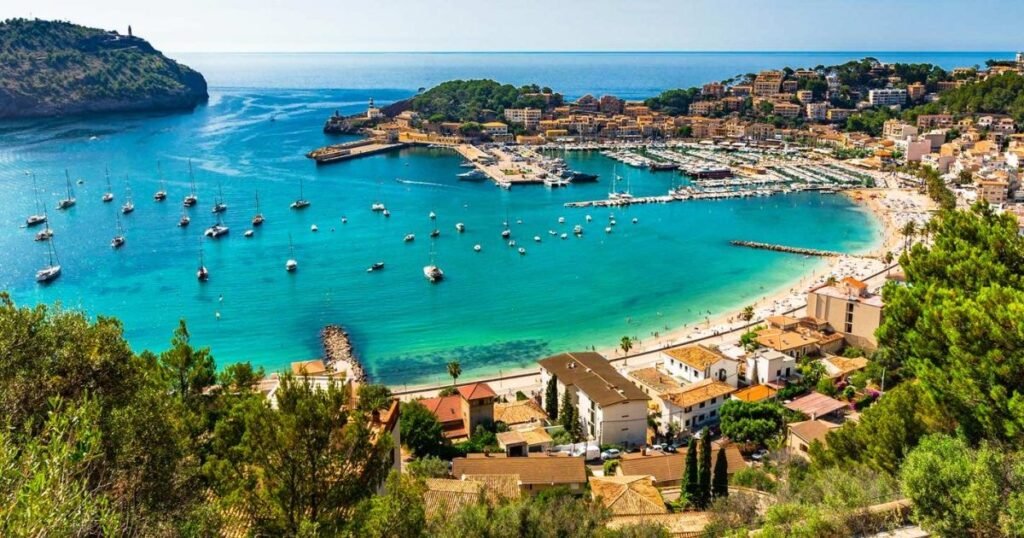
Majorca is the largest island in the Balearic Islands archipelago in the Mediterranean Sea. The main city and capital of the island is Palma.
Mallorca’s greatest attractions
- La Seu Cathedral

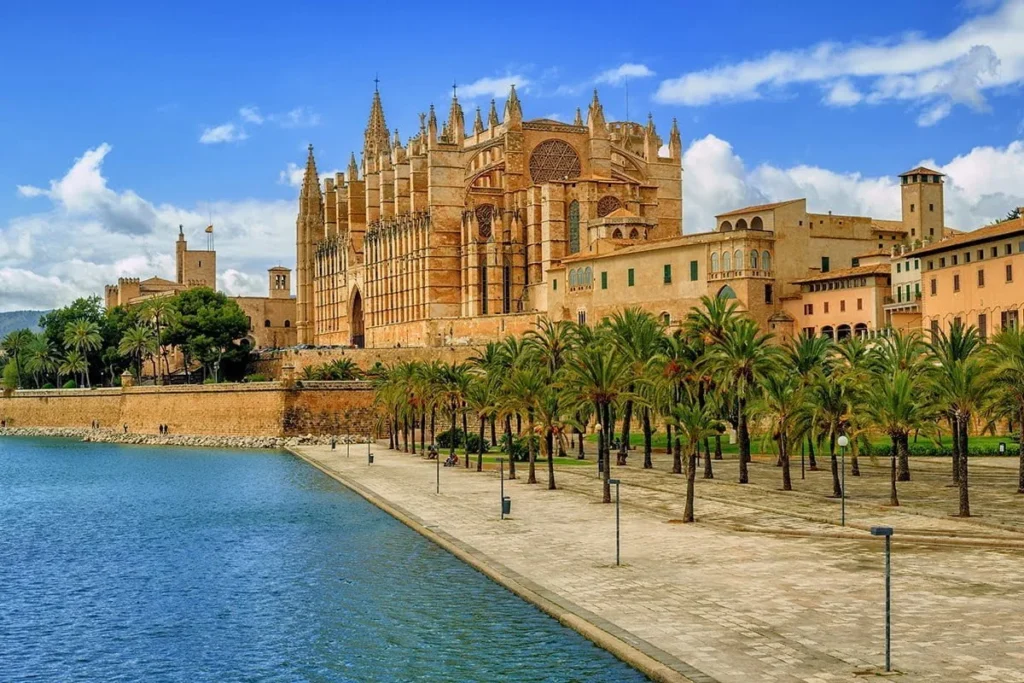
In the heart of the city of Palma stands the magnificent 14th-century cathedral known as La Seu and the most characteristic building of the capital of Majorca. This Roman Catholic, Gothic-Renaissance cathedral is a magnificent building that should not be missed. Palma Cathedral is located on the site of a mosque that stood opposite the Royal Palace of La Almudaina during the Moorish occupation of Majorca.
2. Cuevas del Drach
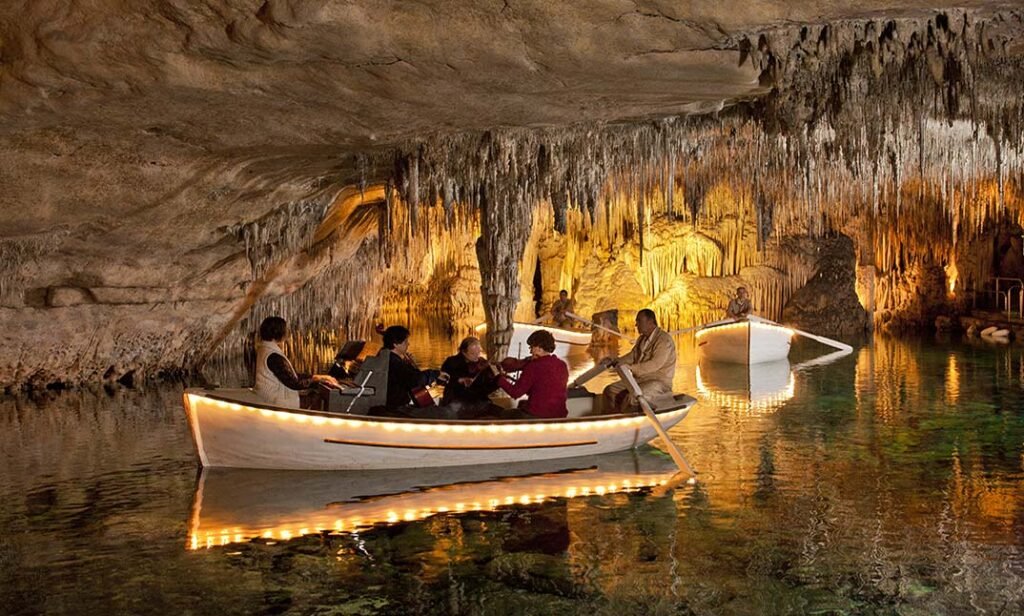
On the eastern coast of Majorca, in the town of Porto Cristo, there are the famous Cuevas del Drach karst caves. The corridors have a total length of almost 1,200 meters. The lowest tunnels run 25 m underground. In Cuevas del Drach, in addition to stunning rock formations, you can also see Lake Martela. The reservoir is considered one of the largest underground lakes in the world. It is 117 meters long, 30 meters wide and 4 to 12 meters deep. The caves were formed between 11 and 5.3 million years ago and have a limestone composition.
3. Castell de Bellver

Castell de Bellver is a castle that is definitely worth visiting. It is located on a hill about 3 km from the center of Palma. The view from the Castle is an attraction in itself – from here you can see the bay, the city and a large part of the south-eastern island. The castle has a unique round shape. Its history dates back to the 13th century. Currently, it houses a museum of the history of the area.
4. Royal Palace of La Almudaina

The Almudaina Palace is located directly opposite the main facade of Palma Cathedral. Under Arab rule it was the seat of the emir, in the Middle Ages it was the residence of the kings of Majorca, and today it serves mainly as a military headquarters. It is especially worth visiting the royal apartments and the Gothic hall with a high pointed arch. Today he organizes official receptions in the palace.
5. Palma Aquarium
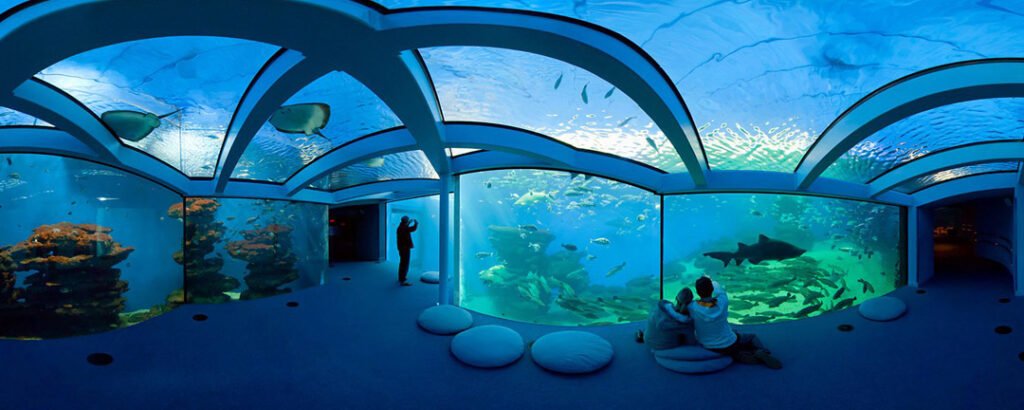
Palma Aquarium is a marine park that was created in 2007, and in its creation was motivated by the slogan: “know to appreciate and appreciate to protect.” The facility, located only 500 meters from the sea, consists of 55 aquariums in which you can admire over 8,000 specimens of almost 700 species of flora and fauna found in the Mediterranean Sea and the Indian, Atlantic and Pacific oceans. I encourage the whole family to go to the aquarium to discover the wonderful marine world.
6. Marineland w Calvià
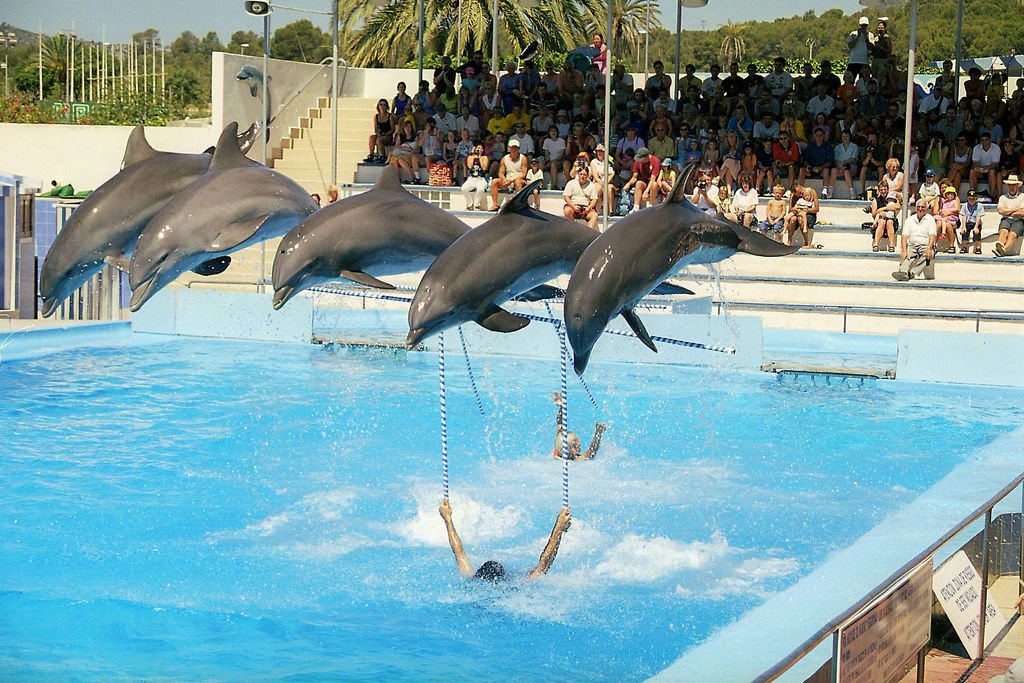
Marineland in Calvia is a marine amusement park dedicated to the life of marine animals. Here you will find aquariums full of sea creatures, dolphinariums, sharks, birds and a tropical animal world. Dolphin, sea lion and parrot shows are organized here.
7. Fundació Miró Mallorca
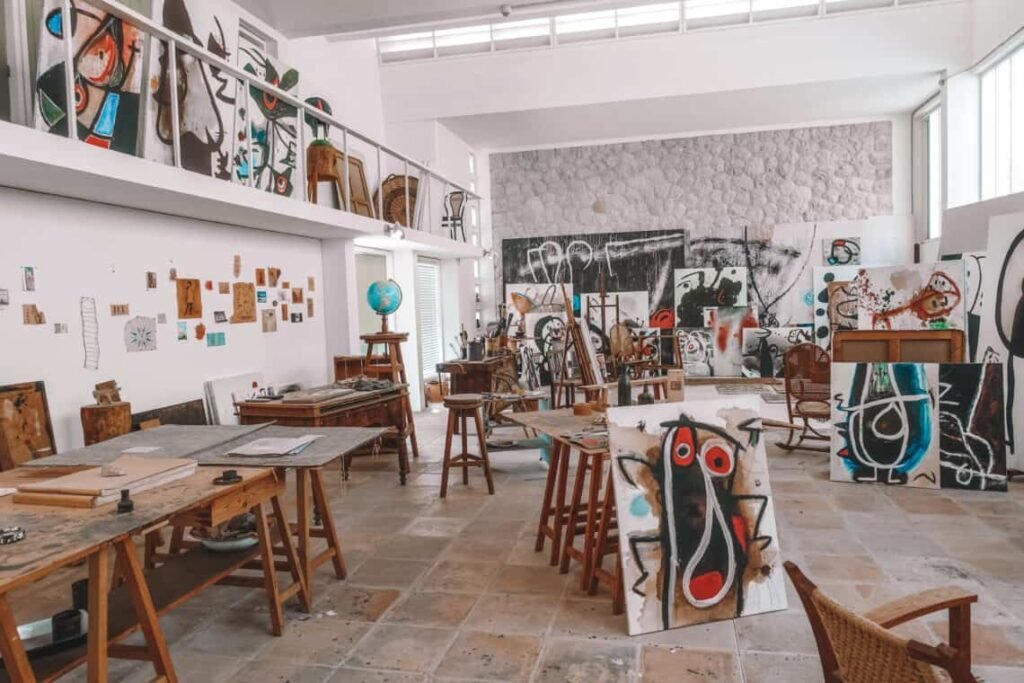
Fundació Miró Mallorca is a museum dedicated to the work of the artist Joan Miró. The building houses 6,000 works donated by the artist, including paintings and sculptures, a library, a sculpture garden, Miró Sert’s studio and Finca Son Boter.
8. Cap de Formentor

The Formentor is a peninsula that is the northernmost part of Majorca. It is one of the most beautiful places on the island. The area is wild, natural and incredibly beautiful. Around you will see huge cliffs and a wonderful landscape, and interestingly, there is a chance of encountering goats here.
9. Puig Major
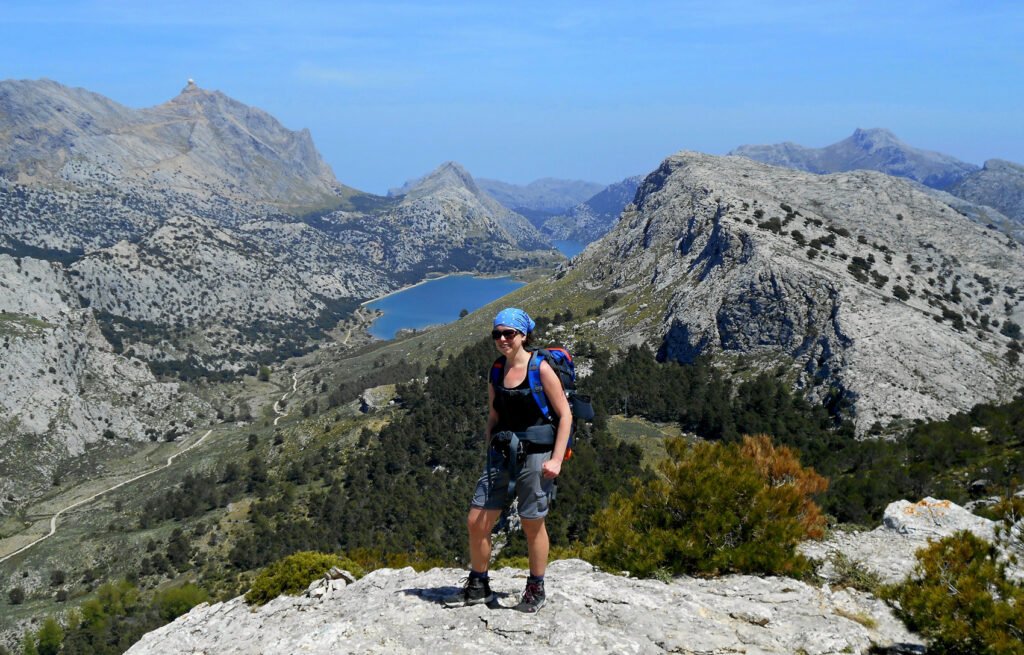
Puig Major is the highest peak of the Serra de Tramuntana mountains and the highest peak of Majorca and the Balearic Islands. Its height is 1,445 m above sea level. Military radars are located at the top.
The Puig Major climb, from Soller up to Tunel de Monnaber, is the second most popular one in Mallorca after Sa Calobra. What makes it tough is its actual length – 14km is a long way up. The gradient however is steady at around 6% and it never gets too steep.
The climb starts at nearly sea level, going up the M10 after Soller, and the total elevation is over 800 meters up until the tunnel at the top. After the tunnel, there is a road that goes even higher up, but it is part of a military base and it is not accessible to everyday cyclists.
10. Palma de Mallorca – Capital
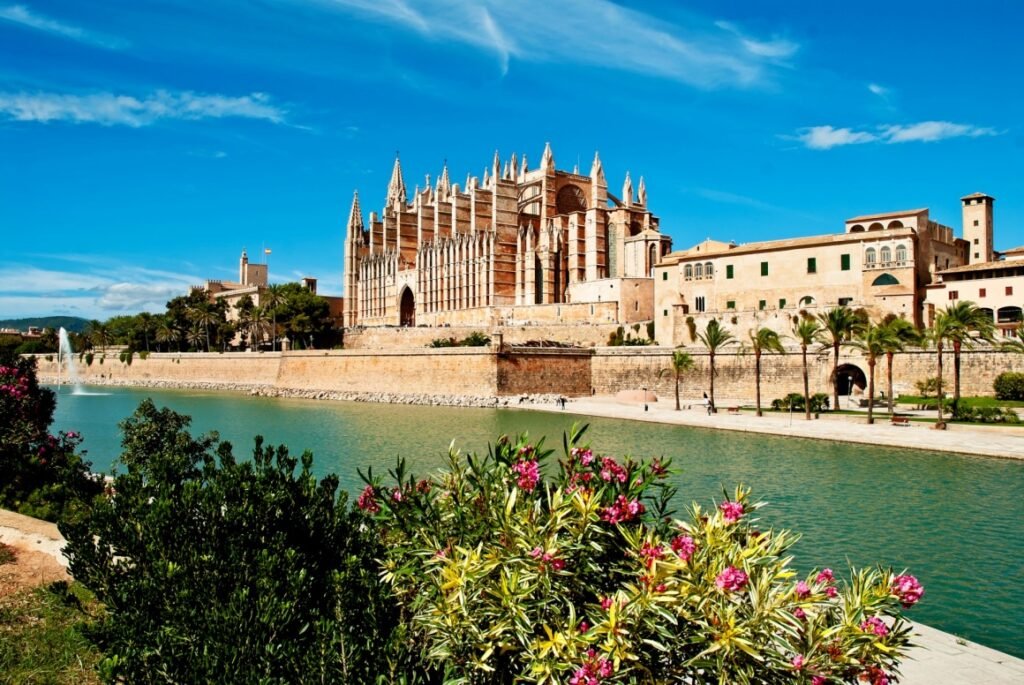
The capital of Majorca, located in the bay of the same name. Although it is famous for beach tourism, it also has a beautiful old town. The cathedral, the Almudaina Palace, the La Lonja stock exchange building and the Plaza Mayor are some of the monuments that every tourist should visit. Fishing ships, pine forests and palm groves provide a backdrop for beautiful monuments. The island’s landscape is made up of coves, beaches and cliffs, while inland there are typical Majorcan towns and mountain ranges up to 1,500 meters high. A rich landscape and culture that encourages you to visit every inch of Majorca and get to know better the dining options.
11. Port de Sóller

Port de Soller is located on the west coast of Majorca. Here you will find a beautiful combination of sea and mountains. The Tramuntana Mountains surround this area and together with the sea create a wonderful landscape. Port de Soller together with two other locations together forms the Soller area of the island. You can enjoy the sun and sand on Port de Soller’s two beaches. For more inland activities like cycling and hiking, the mountainous region has many trails and paths to explore. It is worth paying attention to the historic train to Soller, it is one of the main tourist attractions in Majorca. This unique train, which began operating in 1912, travels over 19 kilometers of scenic route, connecting the island’s capital Palma de Mallorca with the quiet town of Soller.
12. Valldemossa
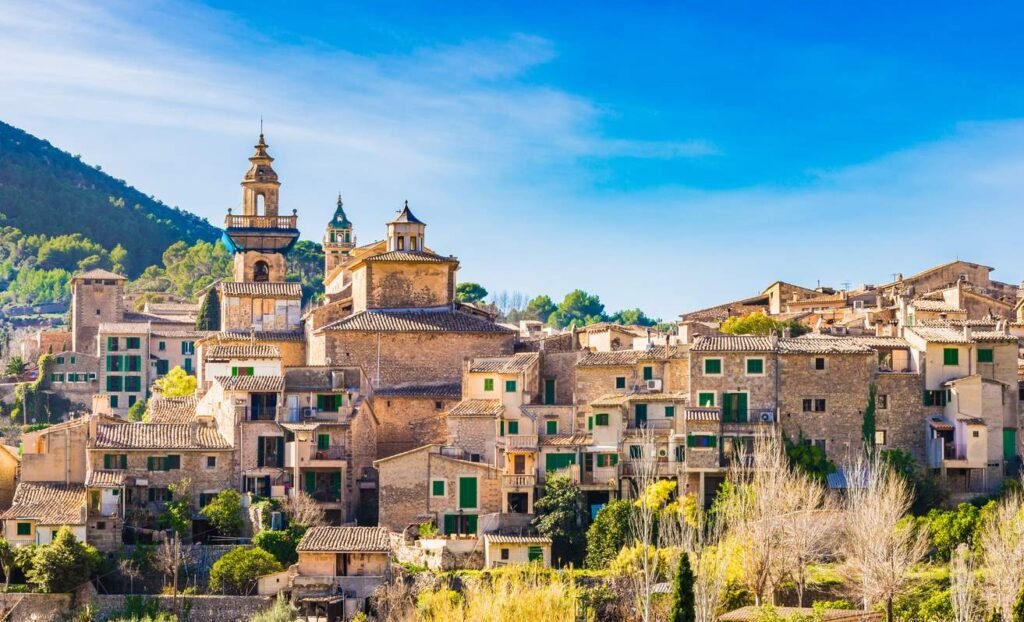
Valldemossa is a small town located among the Sierra de Tramuntana mountains. The locality is associated with the Polish co-songwriter and pianist Chopin and George Sand, who spent the winter here in 1838-1839. This time played a huge role in both the composer’s artistic and private life, because it had a significant impact on his health. The fact that the inhabitants of Valldemossa have great respect for Chopin can be proven by the fact that since 1930, the International Chopin Festival has been organized here every August.
13. Hidropark Water Park

Puerto Alcudia Hidropark is the largest and most recommended water park in the north of Majorca. It is located on Alcudia beach. We have two Kamikaze slides, four foam slides and two parallel slides, a 54-hole mini-golf course, jumping castles, paintball and trampolines. It’s a great place for active children. It is also worth going to Aqualand El Arenal if you are looking for similar attractions.
14. Parc natural de Mondragó

Mondragó Natural Park is one of the most visited nature reserves in Majorca. It is an ideal place for lovers of a natural environment that combines the great diversity of flora and fauna typical of this region with diverse landscapes intertwined with the sea and mountains. All this makes it a unique place.
15. Caló del Moro
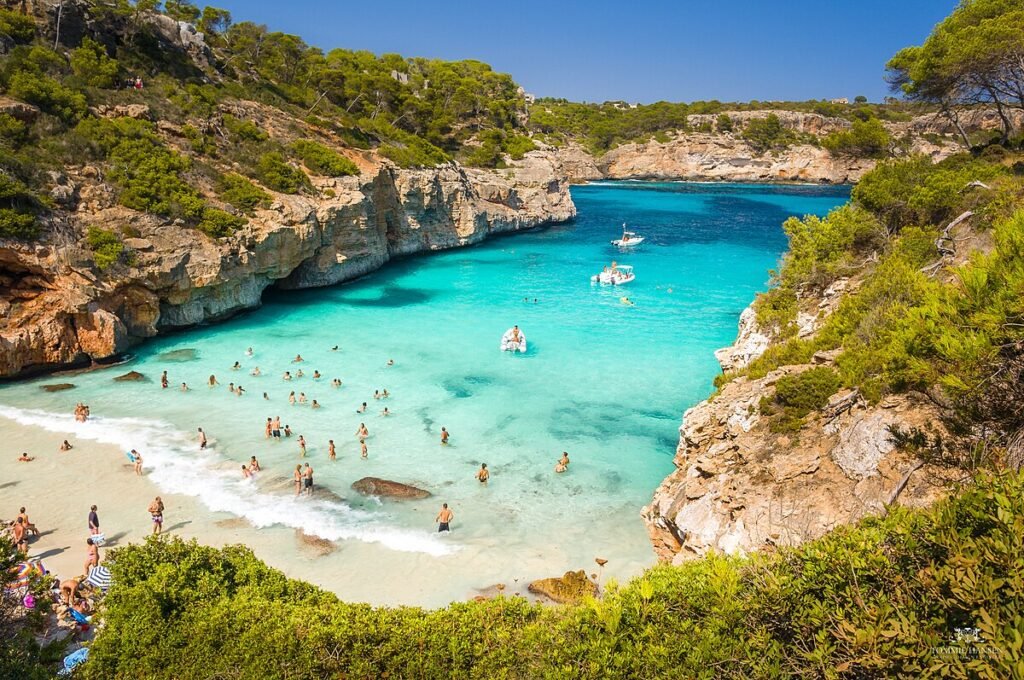
Calo des Moro is a beautiful beach in Majorca. Located near the charming town of S’Almunia, this wonderful beach attracts a lot of tourists. The warm sand and deep turquoise water are amazing. The beach is located between red cliffs which are perfect combines with the sea breeze.
